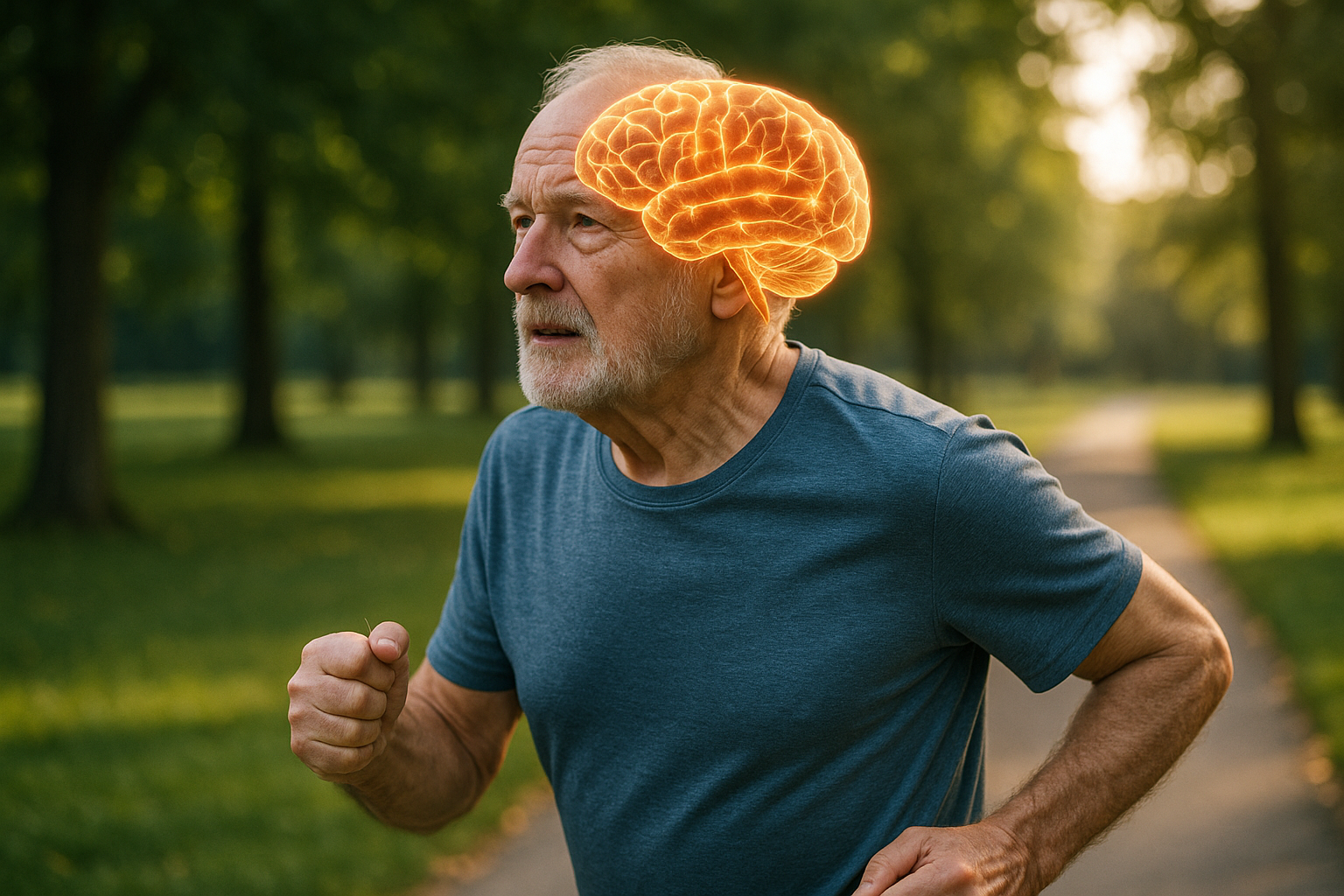Unveiling the Intricate Connection: Physical Activity and Brain Health
The human brain is a marvel of nature, a complex organ responsible for our thought processes, emotions, and the perception of the world around us. For centuries, scientists and philosophers have sought to understand this complicated machinery. Over time, a connection between physical activity and brain health has been established. This article delves into the fascinating history of this research, current understanding, and practical implications of this relationship.

A Journey Through History: Physical Activity and Brain Health
The ancient Greek physician Hippocrates believed that physical exercise was beneficial for mental health. However, the scientific exploration of this belief only began in the 20th century. In the 1950s, researchers started to observe that elderly individuals who were physically active had lesser cognitive decline than their sedentary peers. By the 1990s, animal studies and neuroimaging techniques began to provide concrete evidence for the beneficial effects of physical activity on brain health.
The Current Scientific Understanding
The relationship between physical activity and brain health is well-established. Physical activity stimulates the release of a protein in the brain called Brain-Derived Neurotrophic Factor (BDNF). BDNF promotes the formation of new neurons and the strengthening of existing neural connections, thereby enhancing memory and cognitive function.
Physical activity also improves brain health through its effect on cardiovascular health. Regular exercise reduces the risk of developing heart disease and stroke, conditions that can cause significant brain damage.
The Benefits and Challenges of Physical Activity for Brain Health
Physical activity is a powerful tool for maintaining and improving brain health. Regular exercise can enhance cognitive function, delay the onset of dementia, and improve mood and sleep.
However, many people face challenges in maintaining a regular exercise schedule. These challenges include lack of time, physical limitations, and lack of motivation. Nevertheless, even small amounts of physical activity, such as walking or gardening, can have significant benefits for brain health.
Implementation Strategies: Making Physical Activity a Habit
-
Select an activity you enjoy: You are more likely to stick to a physical activity regimen if you enjoy the activity.
-
Start small: Begin with short periods of physical activity and gradually increase the duration as your fitness improves.
-
Make it social: Engage in physical activities with friends or family members. This can make the activity more enjoyable and provide motivation.
-
Incorporate physical activity into daily life: Use the stairs instead of the elevator, walk or cycle to nearby places instead of driving, or do some gardening or household chores.
The Power of Physical Activity for Brain Health
The intricate connection between physical activity and brain health is an exciting area of research with profound implications. Regular physical activity is a powerful tool for maintaining and enhancing brain health, with benefits ranging from improved cognitive function to delayed onset of dementia. Making physical activity a regular part of daily life can help us maintain a healthy brain and enjoy a better quality of life.




